Emile Ducke, Kolyma – Along the Road of Bones
Thousands of gulag inmates from the Stalin era died while helping to build a high-speed road through the remote Kolyma region of Siberia. During his journey along the so-called “Road of Bones”, the German documentary photographer (born 1994), who is currently living in Moscow, was not only searching for remnants of the former forced labour camps, but also questioning how they are being remembered today.
Index
Detail
|
Image x
20 Images
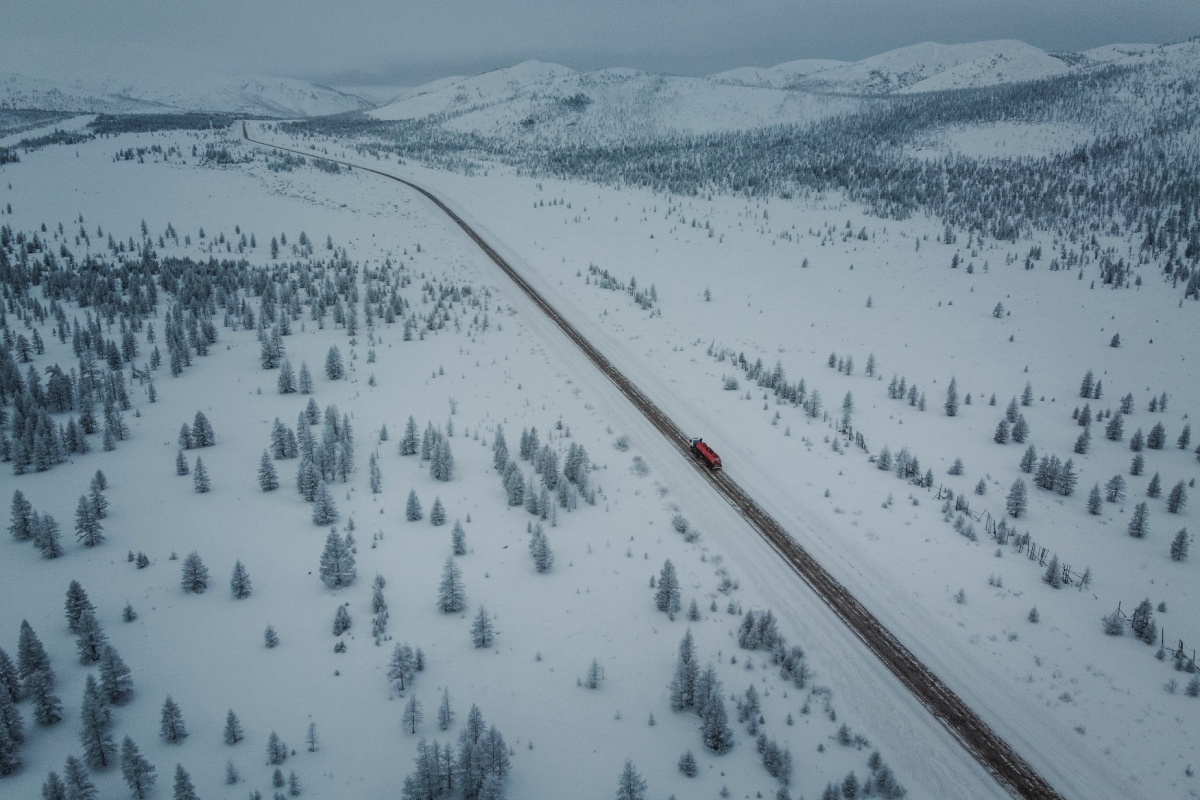 01
01
The Kolyma Highway stretches from Magadan port to Yakutsk, the capital of the Yakutia region. Once built to deliver tens of thousands of prisoners, today the road carries only a few long-distance trucks and cars across this vast landscape
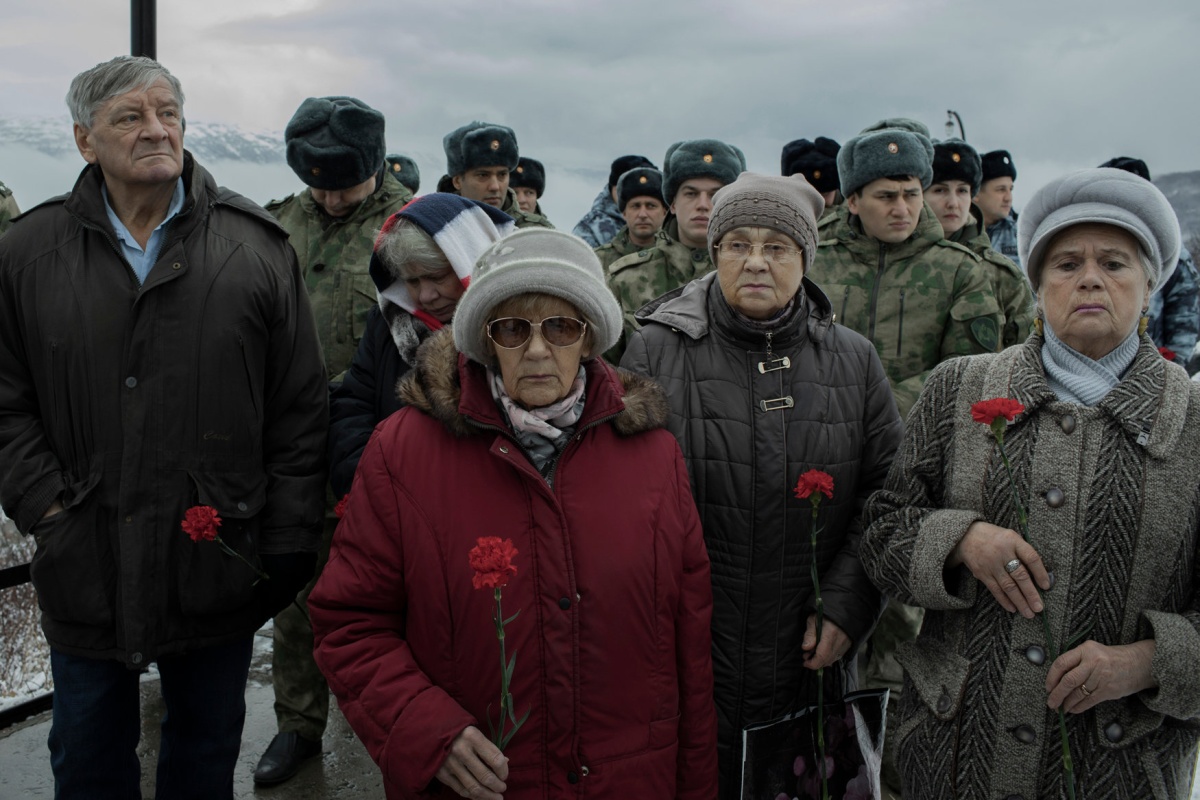 02
02
Descendants of victims of political repression commemorate those who died in the Soviet forced labour camps of the Kolyma region at the Mask of Sorrow monument. The memorial stands above the city of Magadan
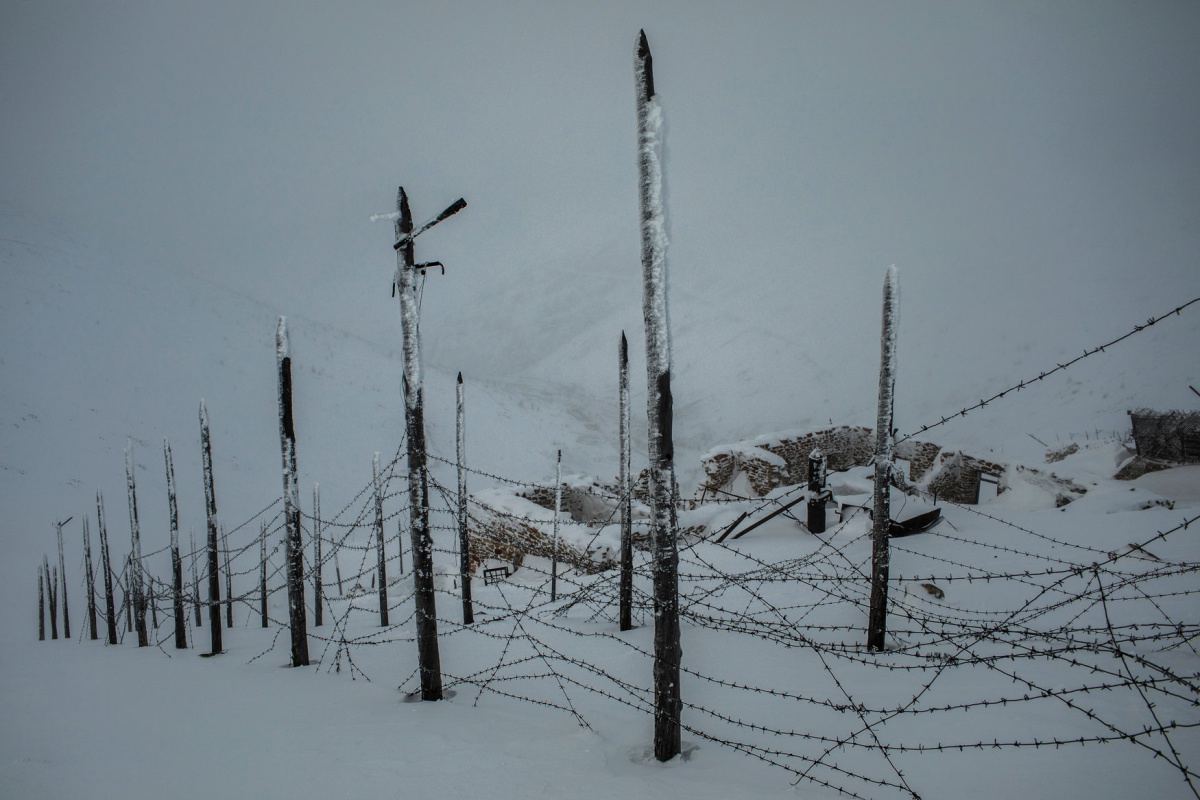 03
03
Remnants of barracks of the Butugychag forced labour camp. There, after the Second World War, prisoners of Stalin’s Gulag mined uranium that was used in the Soviet nuclear weapons program
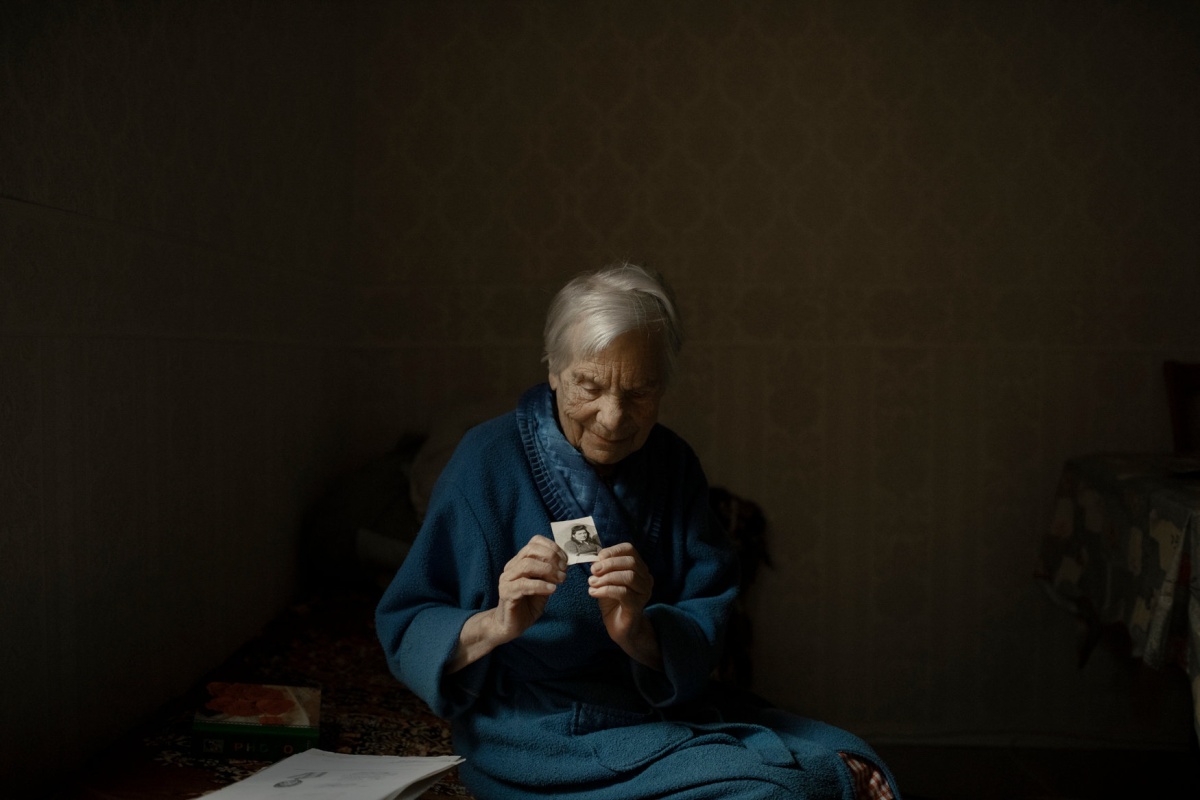 04
04
Antonina Novosad, a former Gulag prisoner, shows a photograph of herself taken in one of Kolyma’s forced labour camps. Born in 1927 in Ukraine, she was sentenced on fabricated political charges. She was released in 1956, after serving nine years
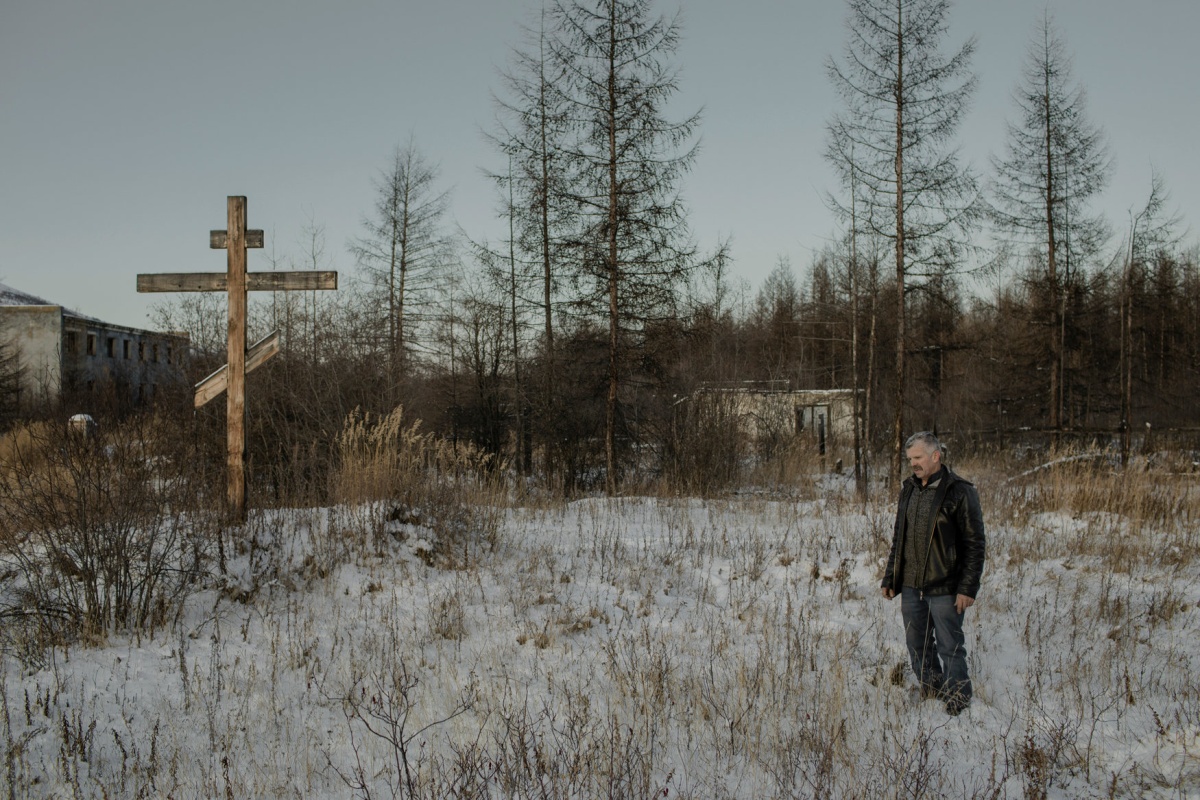 05
05
Mikhail Shibisty visits a prisoners’ graveyard on the site of a former labour camp. In the town of Sussuman, where he owns and runs a shop, he has opened a simple museum
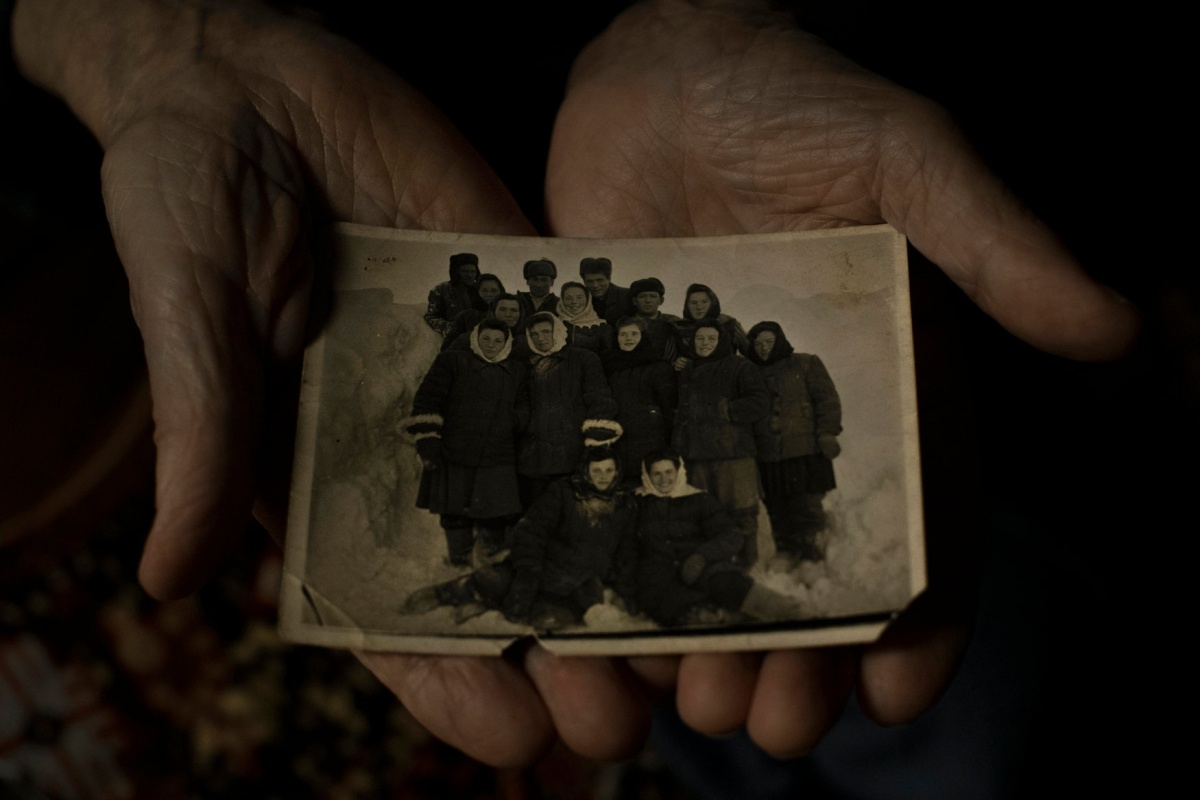 06
06
A photograph of Antonina Novosad’s work brigade, taken in one of Kolyma’s forced labour camps
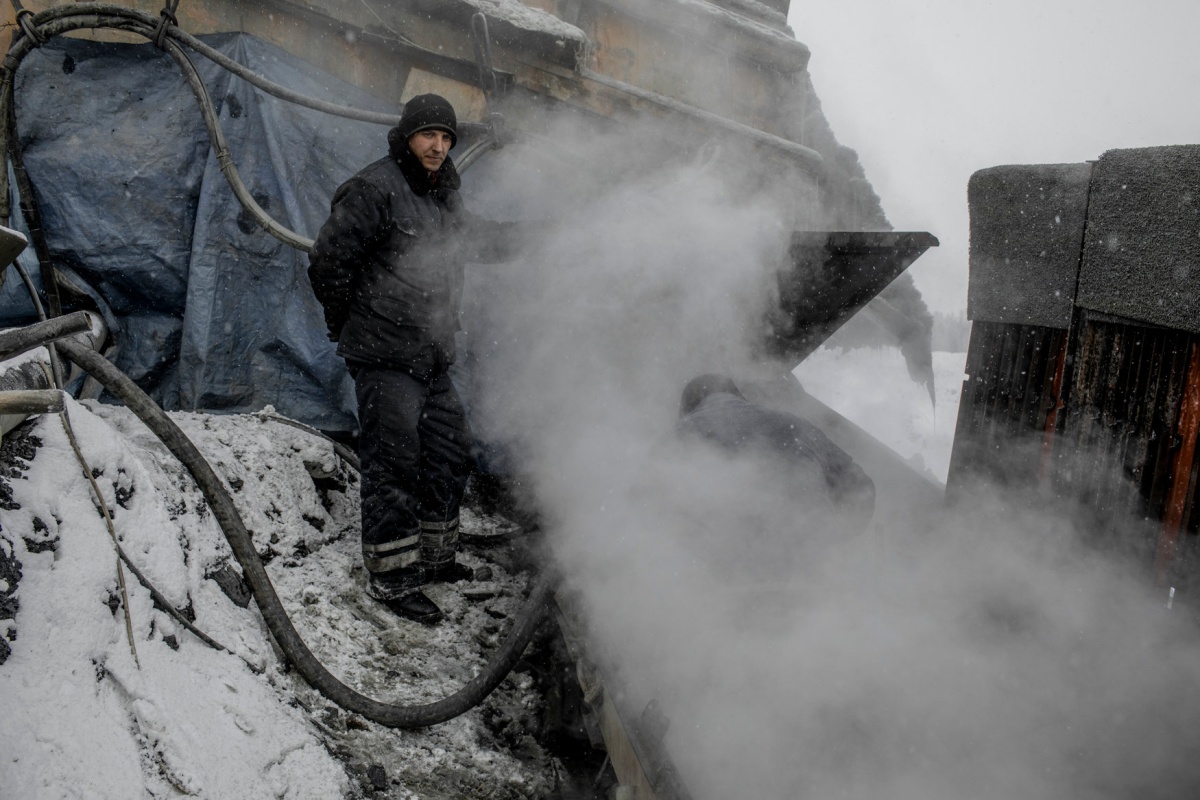 07
07
Mining remains the Kolyma region’s main industry. Near the town of Debin, off the Kolyma Highway, workers pan for gold
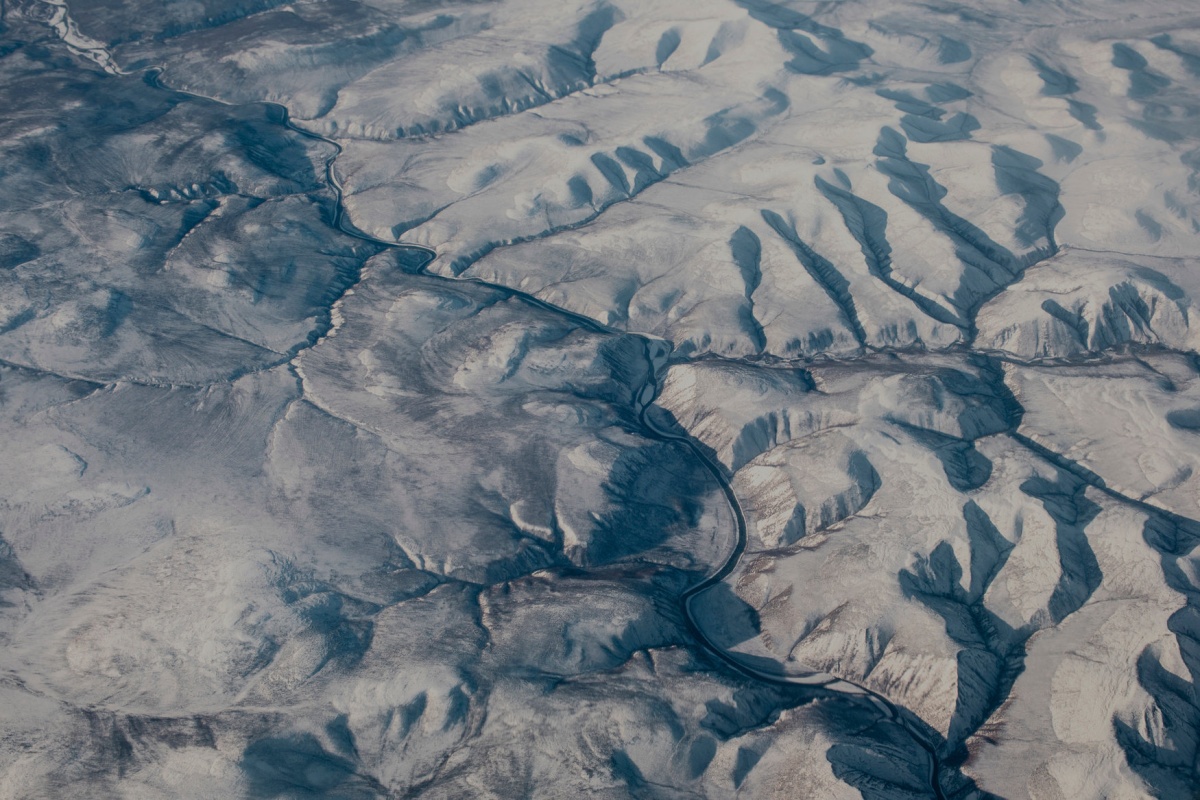 08
08
The Kolyma region is one of the most inhospitable environments known to humankind; it sees just two months of summer, and average temperatures plummet to minus 38 degrees Celsius in winter.
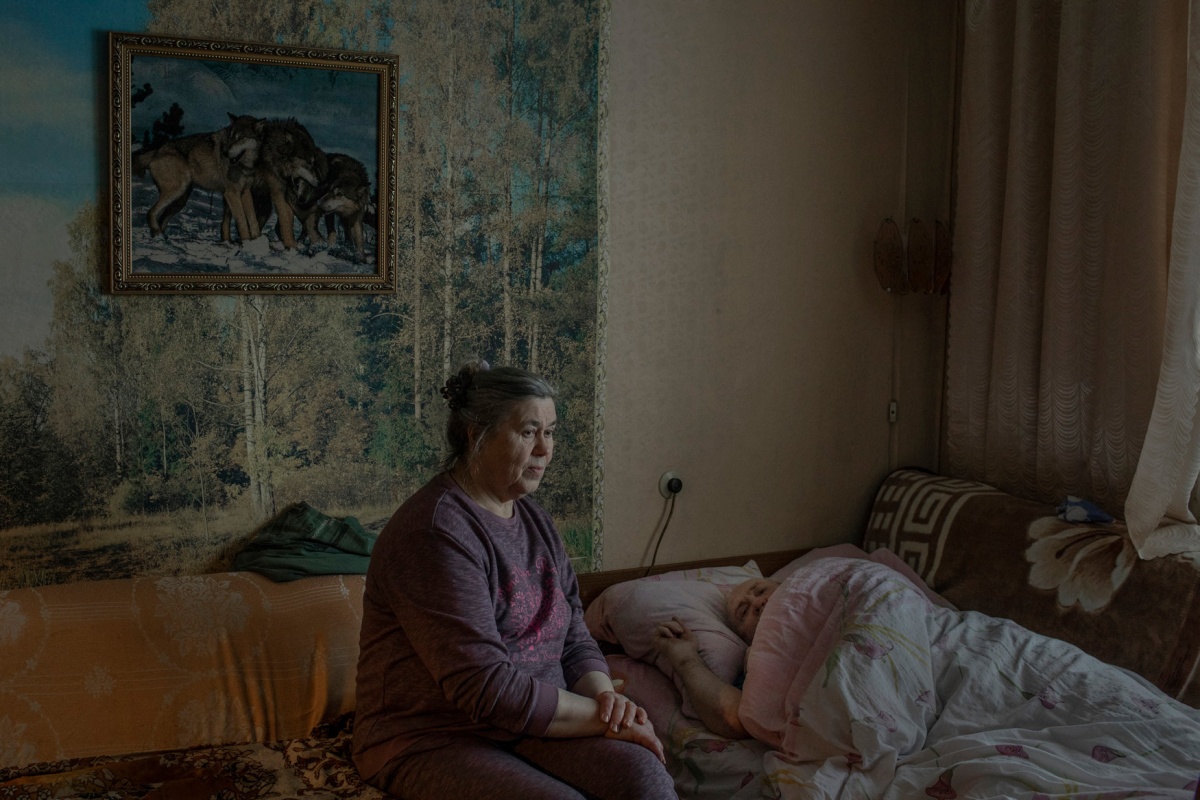 09
09
Natalia Shevchuk sits at home with her husband Valeri. They are among the last inhabitants of Atka, a dying settlement on the Kolyma Highway. Atka was founded as a refuelling stop for trucks carrying Gulag prisoners to the camps
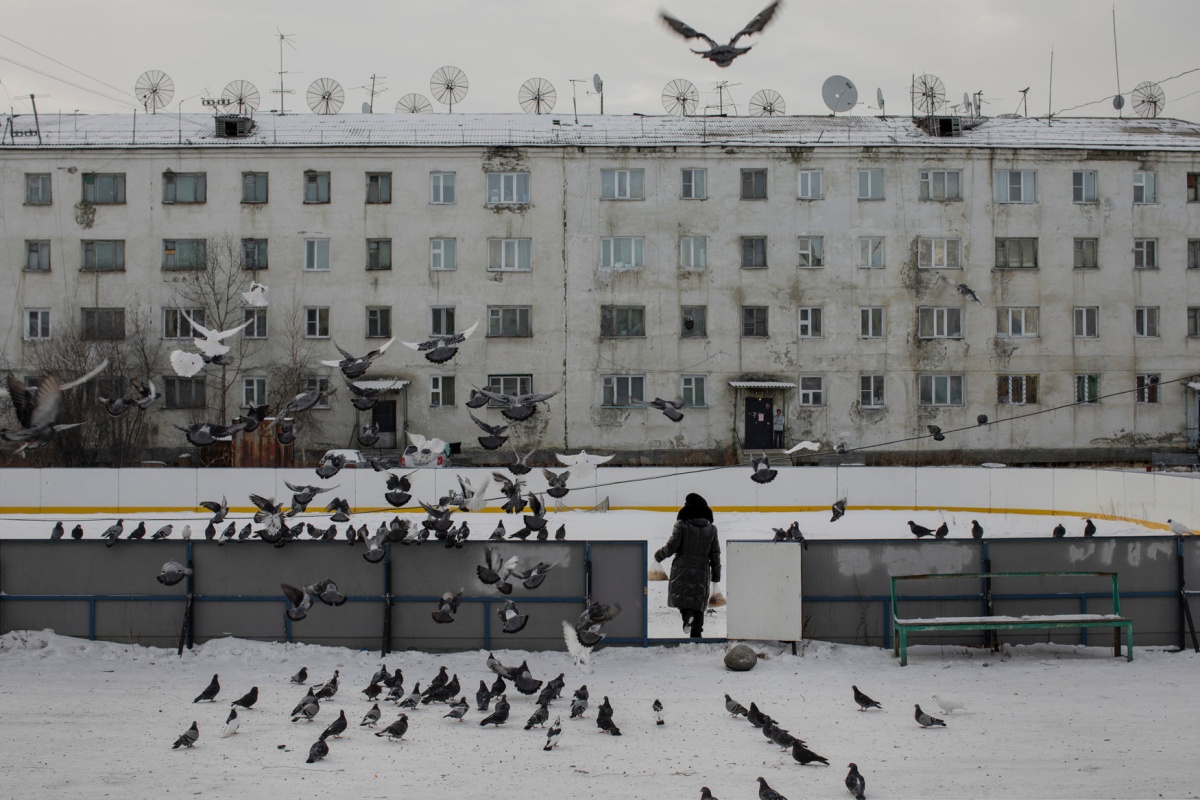 10
10
The settlement of Ust-Nera is located along the Kolyma Highway, halfway between Magadan and Yakutsk
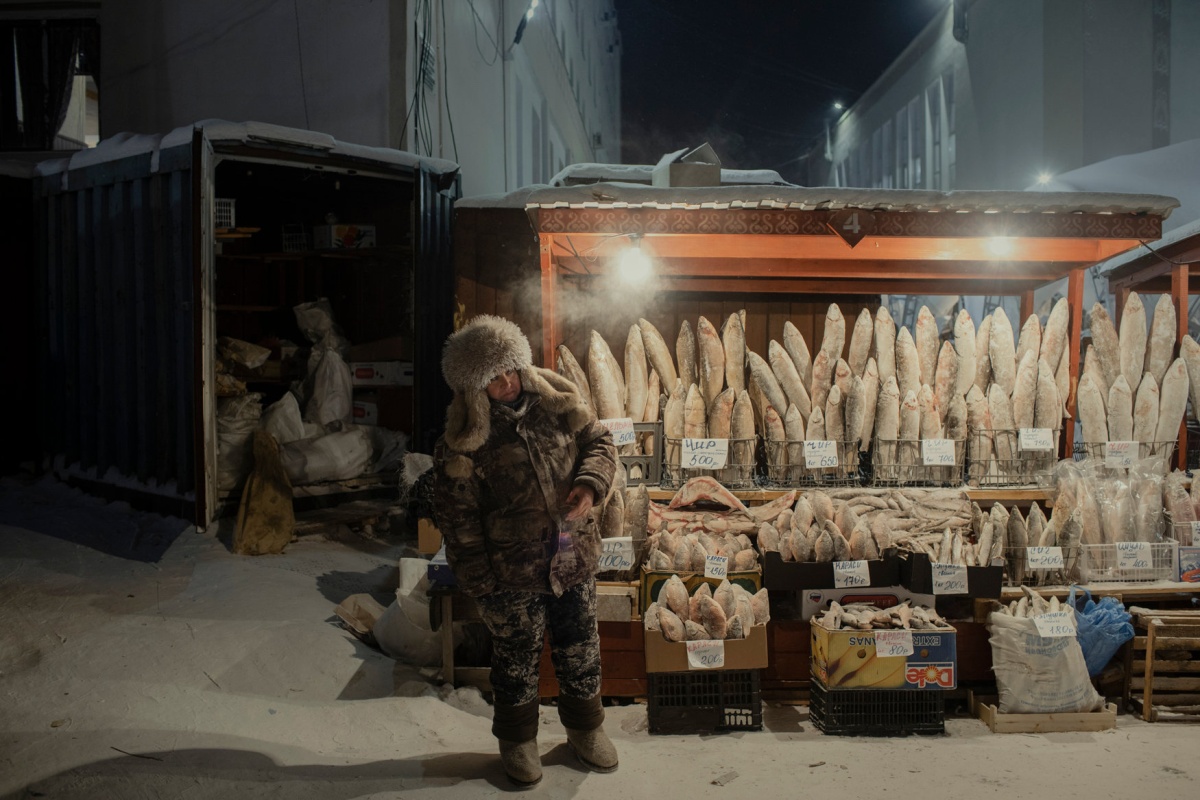 11
11
In Yakutsk – the coldest city in the world – located at the end of the Kolyma Highway, a woman sells frozen fish at a market in the city centre
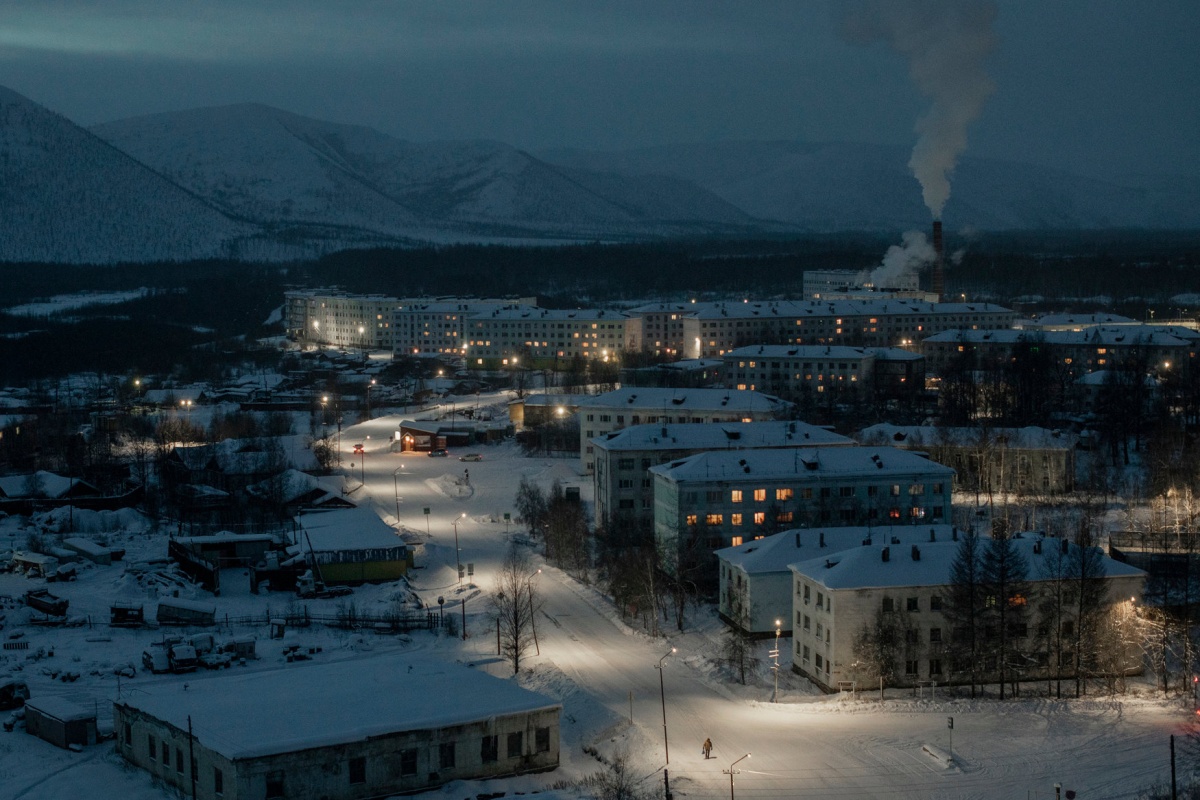 12
12
The gold-mining town of Yagodnoye on the Kolyma Highway
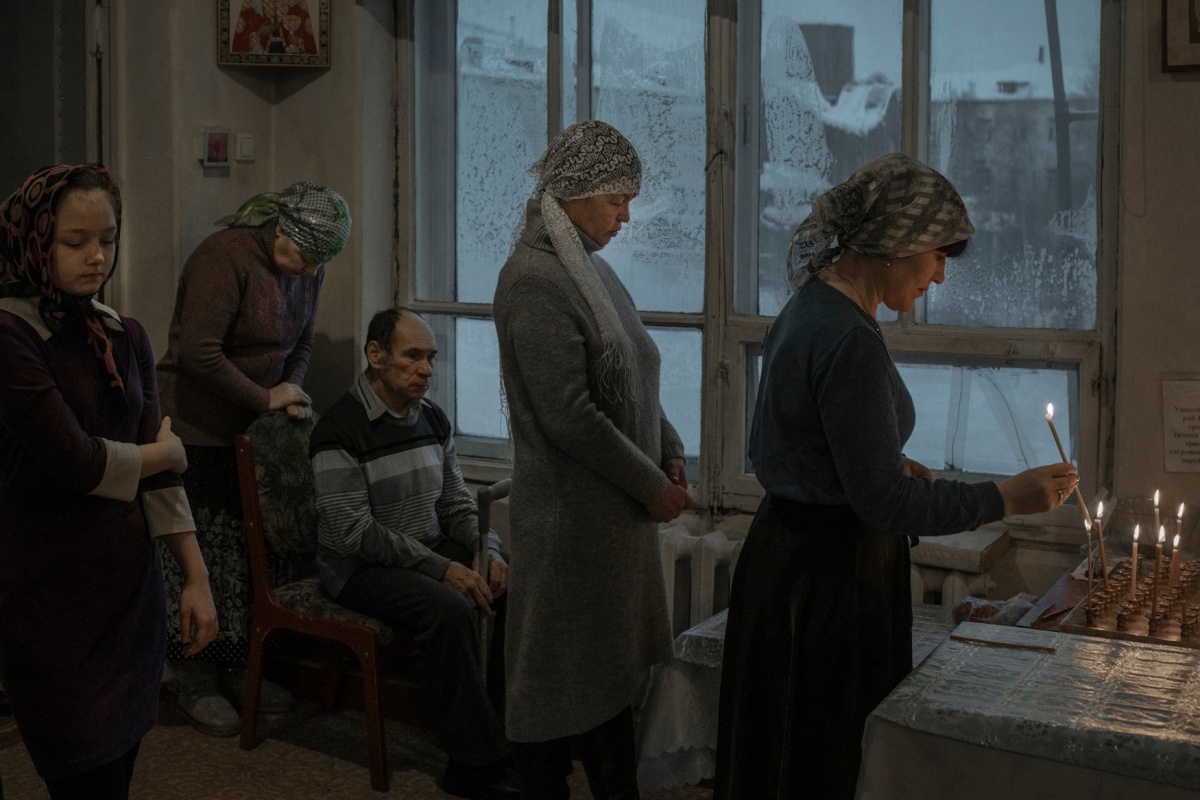 13
13
Worshippers light candles at a Russian Orthodox church on a Sunday morning in Yagodnoye, a settlement along the Kolyma Highway
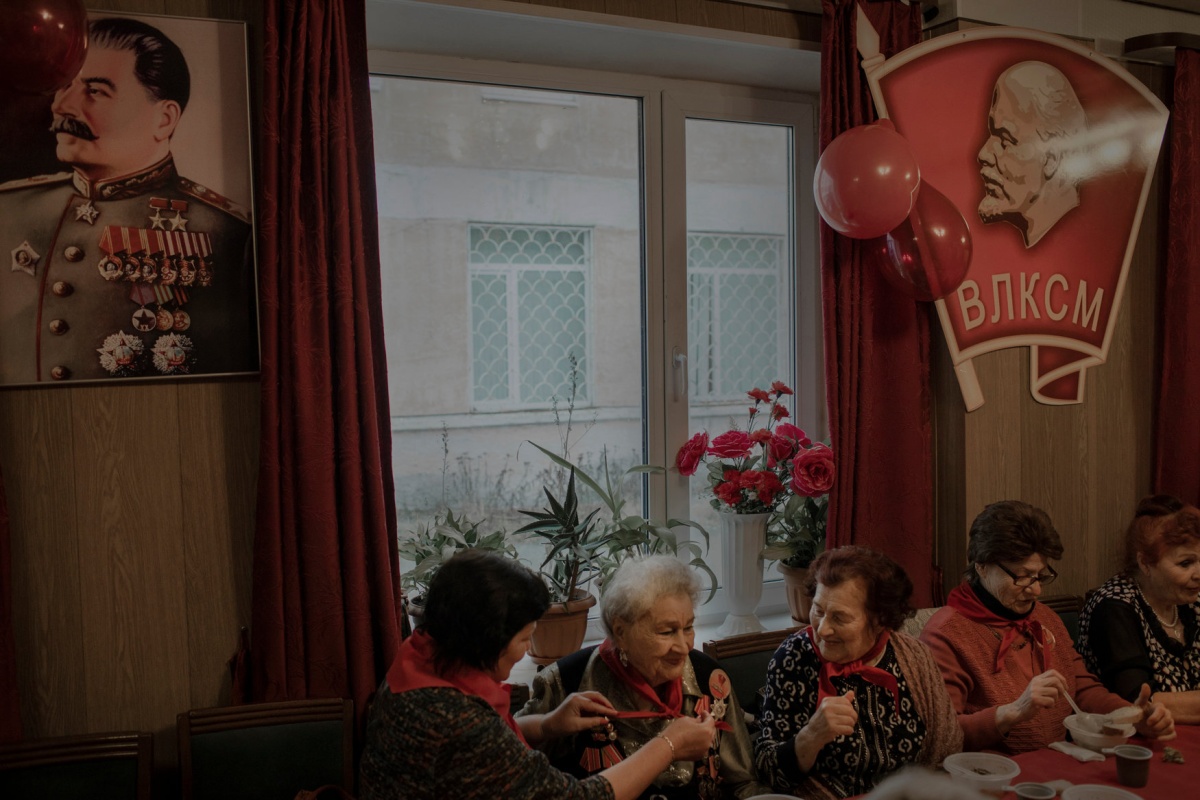 14
14
Elderly women celebrate the 101st anniversary of the Komsomol, a political youth organization in the Soviet Union, at the headquarters of the Communist Party in Magadan
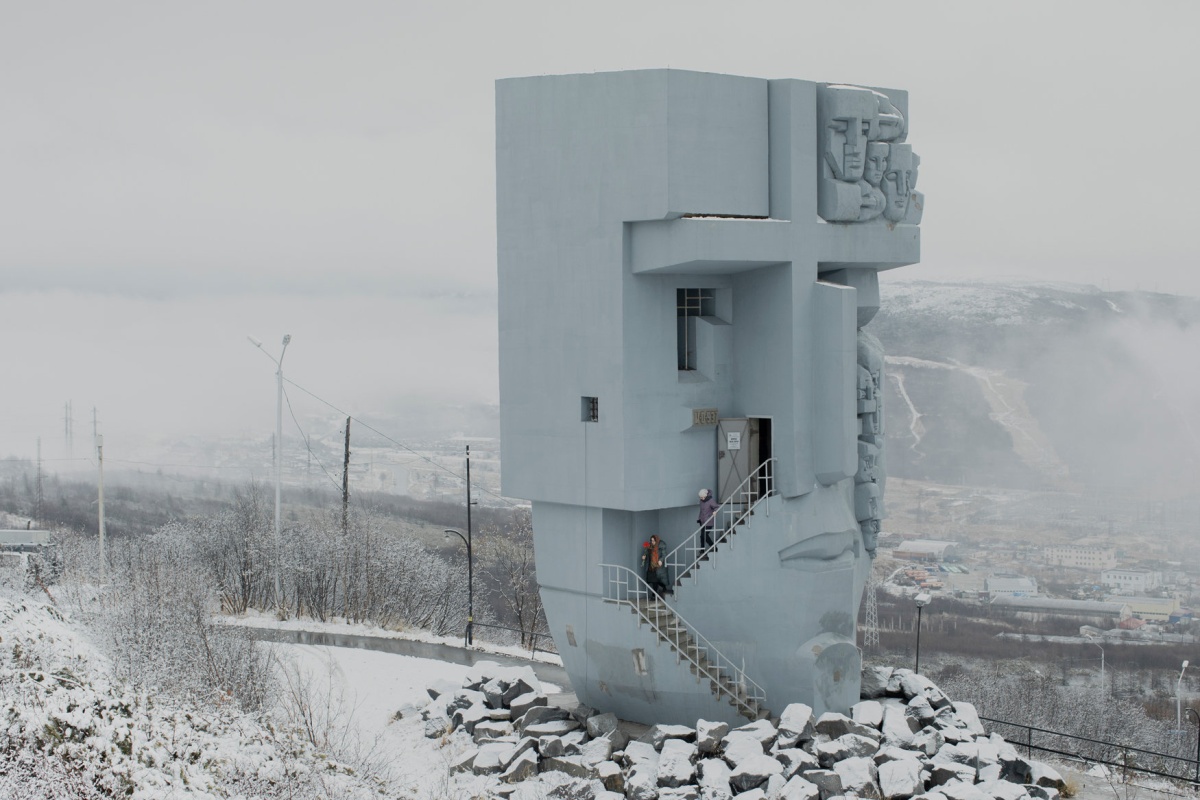 15
15
People gather to commemorate those who died in the Soviet forced labour camps of the Kolyma region at the Mask of Sorrow monument. It stands above the city of Magadan
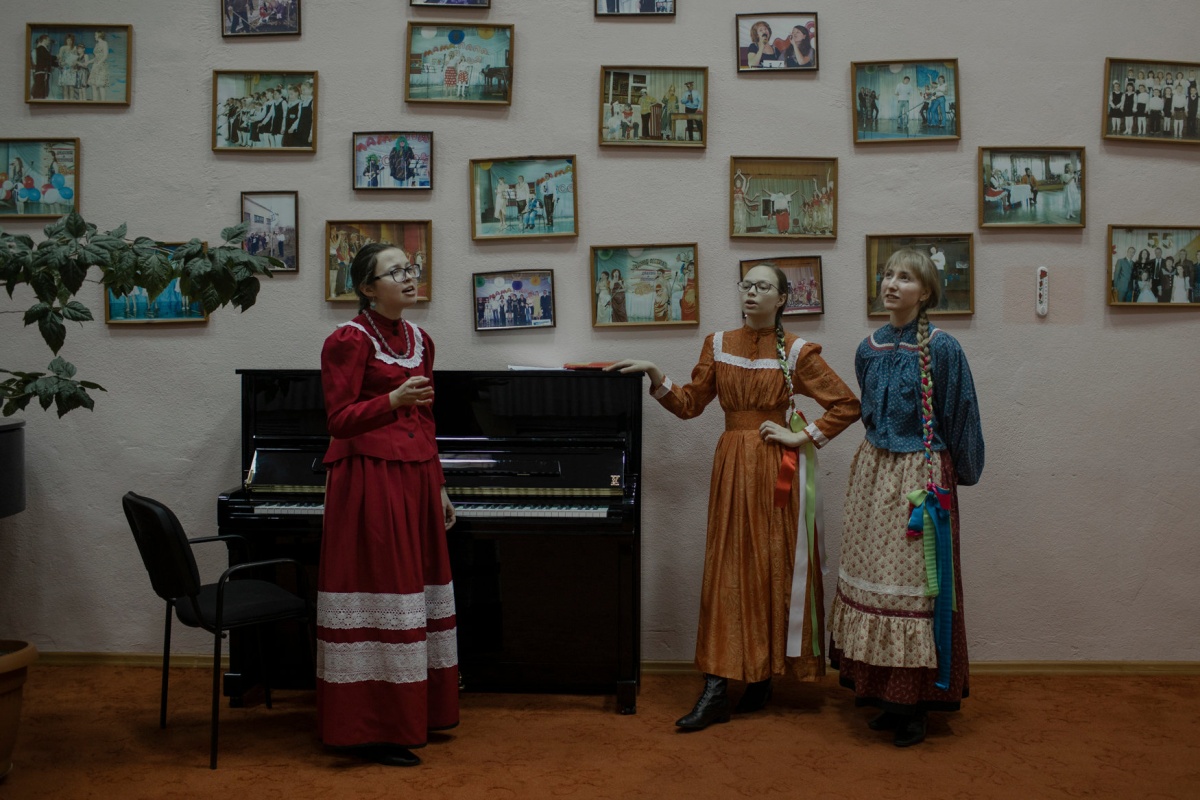 16
16
Girls sing together at a school in Yagodnoye, a settlement on the Kolyma Highway in Russia’s Far East
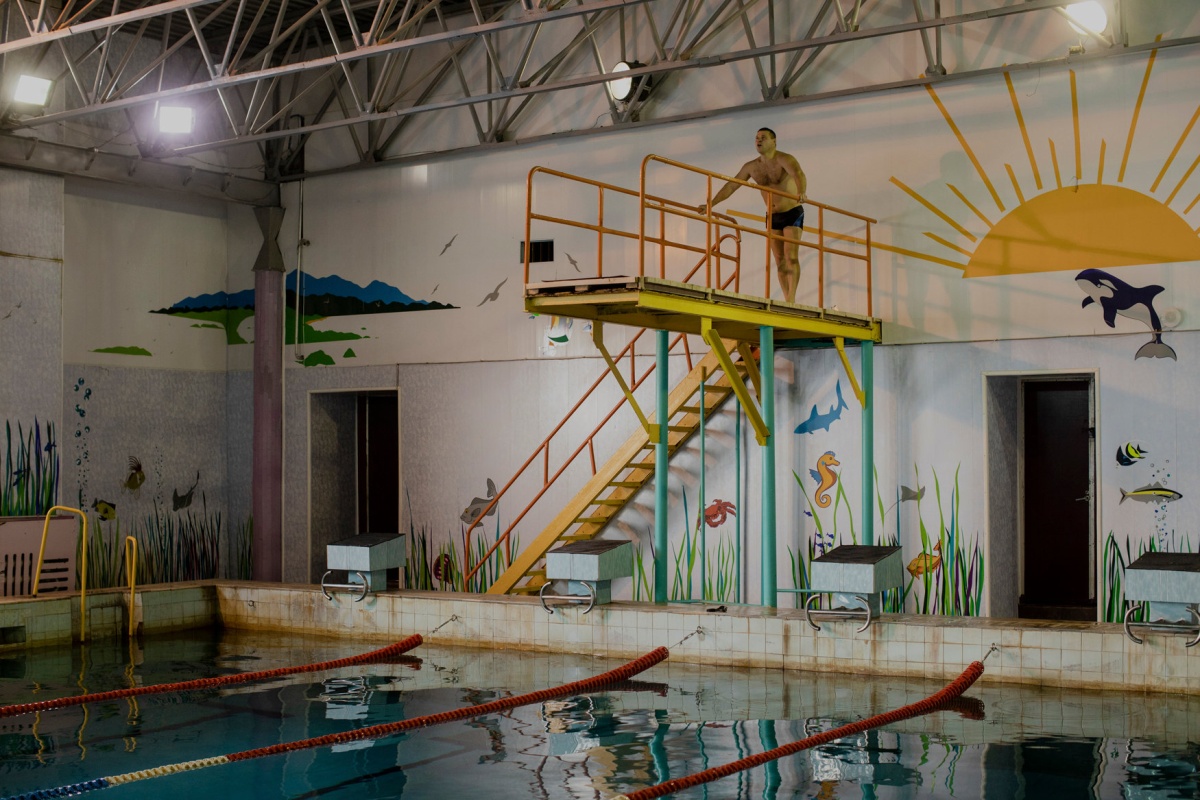 17
17
A man prepares to jump from a diving board at a swimming pool in Myaundzha, a settlement along the Kolyma Highway. The sports complex that houses the swimming pool was built, during the Soviet Union, for the workers of a nearby power station
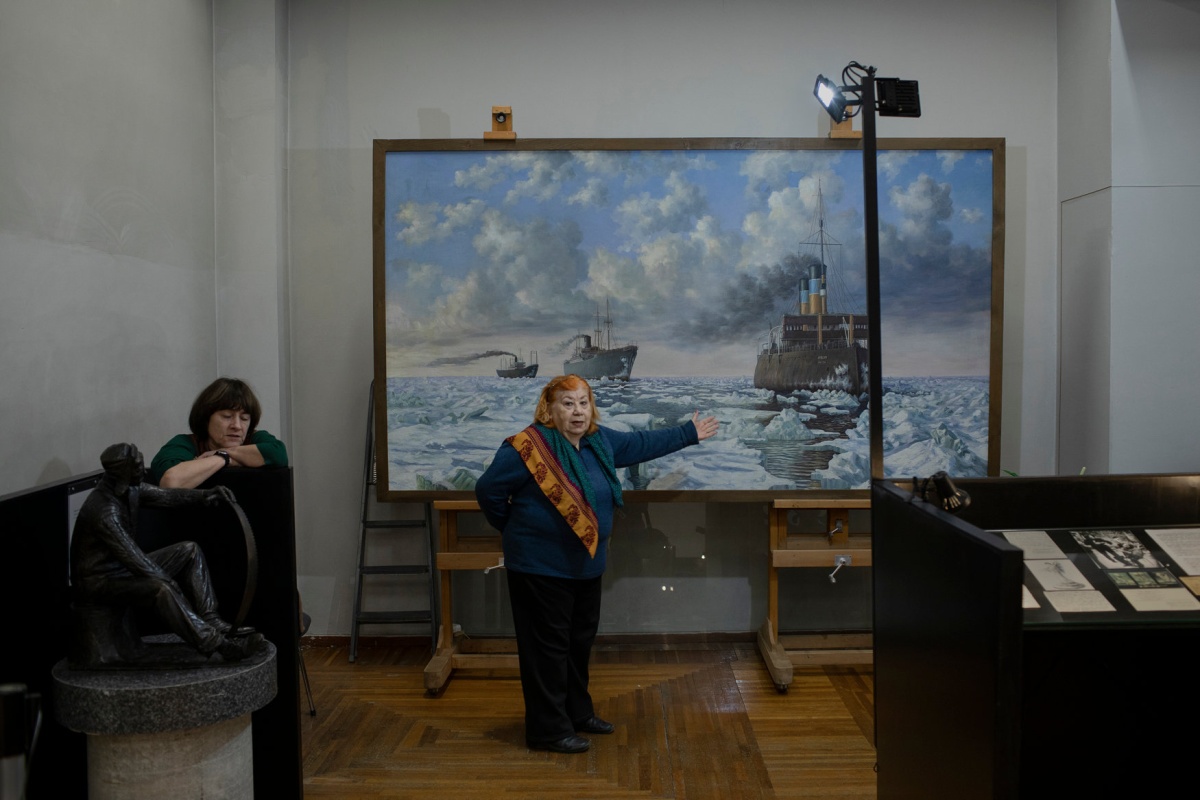 18
18
A painting in a Magadan museum, depicting ships arriving with a cargo of prisoners
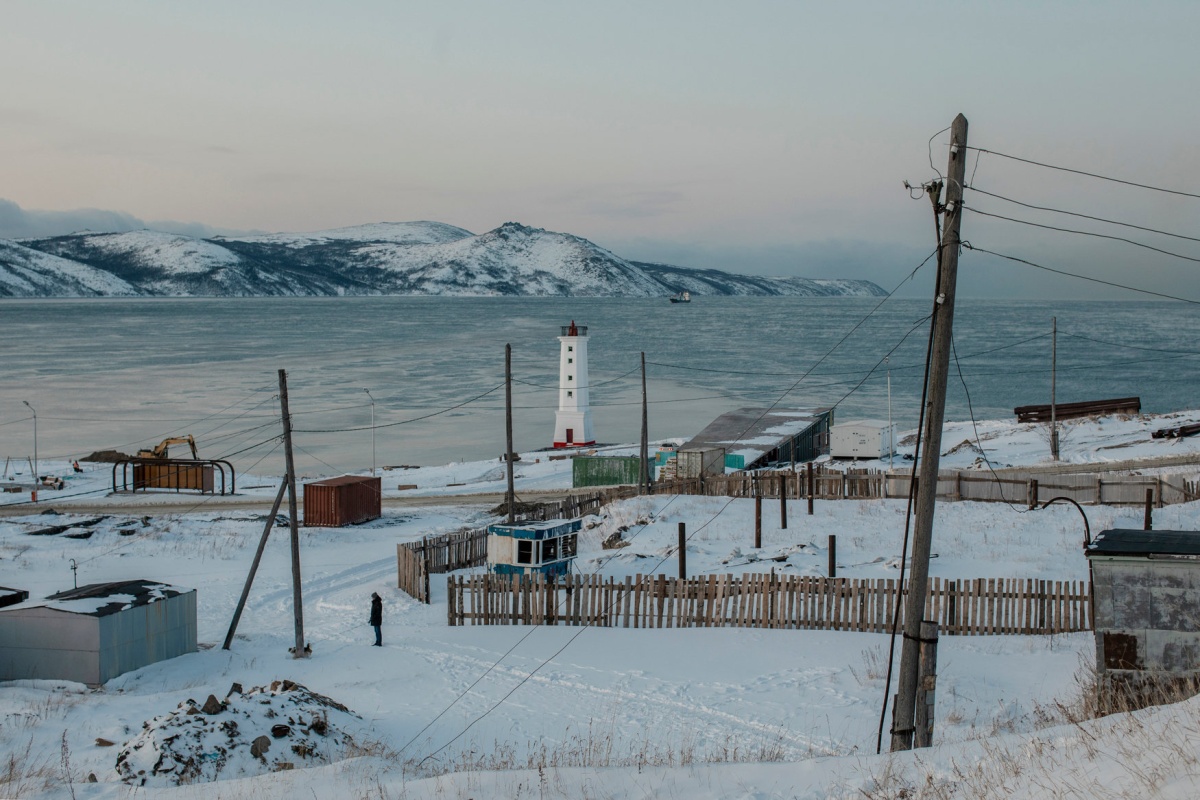 19
19
A lighthouse in Magadan, above Nagaev Bay. During the Gulag era, ships carrying prisoners arrived at the port, which served as a transit point to the Kolyma region’s forced labour camps
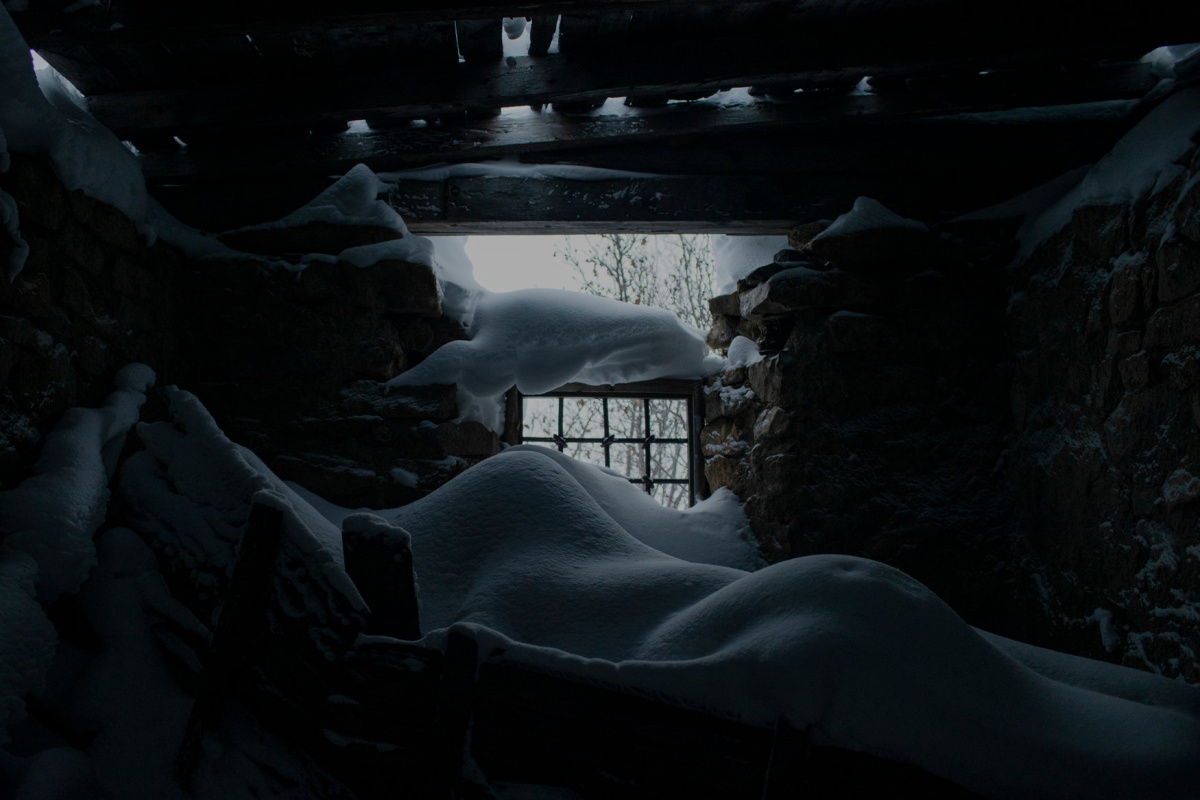 20
20
Remnants of an isolation cell at the Butugychag forced labour camp
0102030405060708091011121314151617181920